New Zealand
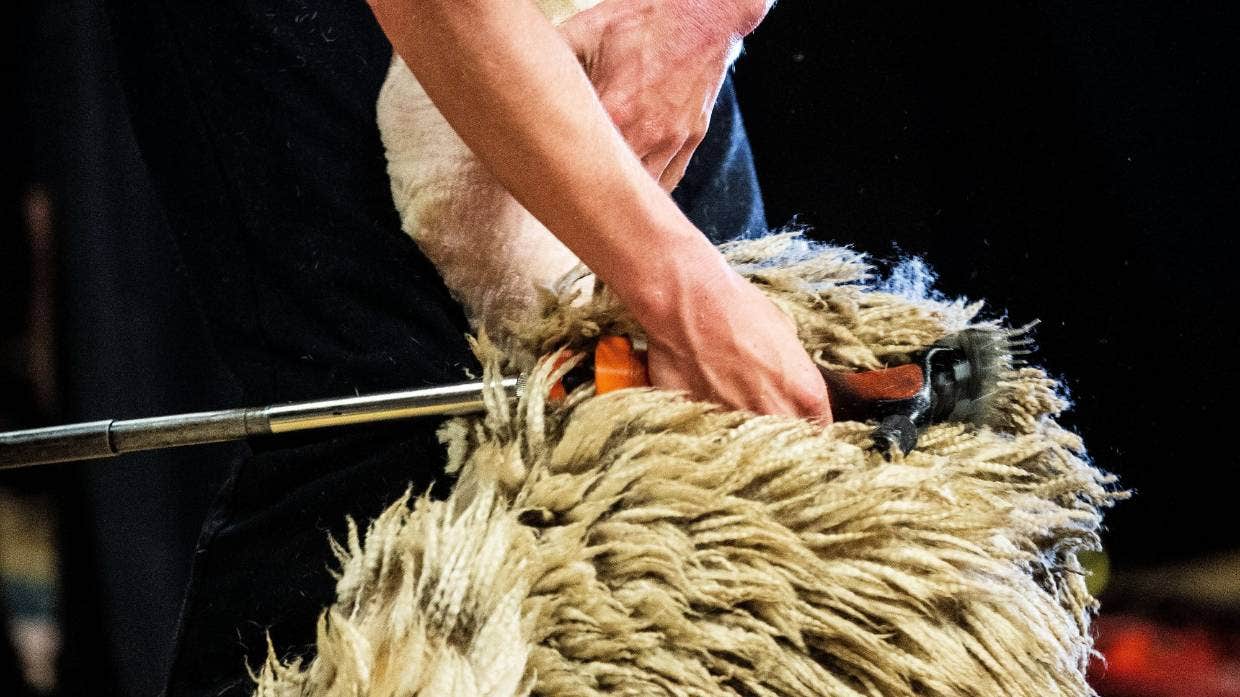
Farmers struggle to cover shearing costs as wool prices continue to hurt
Some Southland farmers face the unique prospect of losing money from shearing costs as low wool prices continue to hurt.
Crossbred wool prices have plummeted from around the $6 per kilogram mark to under $2 during the past decade, with some wool buyers now offering farmers less than $1 per kg.
It meant that for a lot of sheep farmers wool was somewhat of a burden after previously being a key earner for the farm.
Read More here…
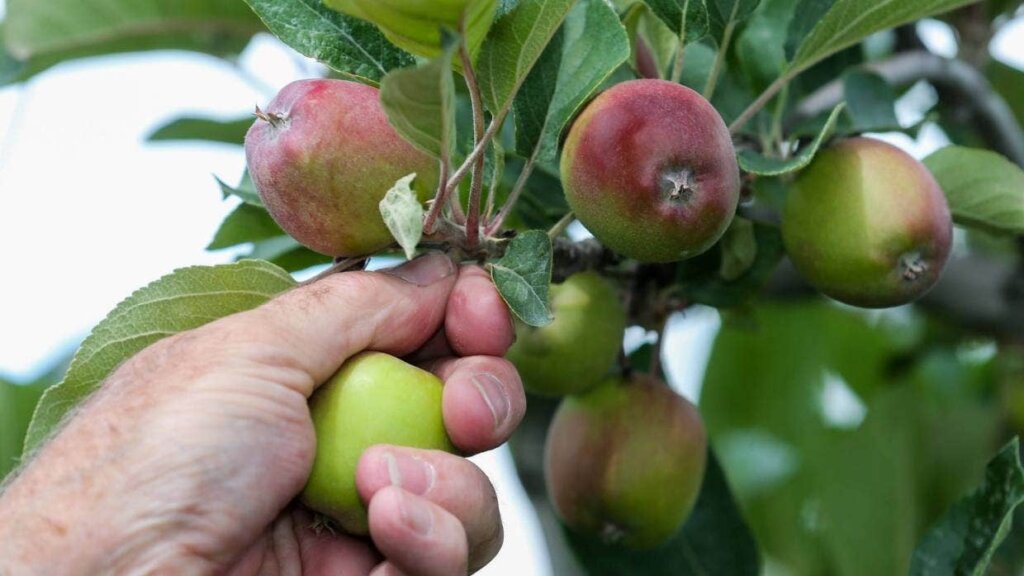
The apple crop is ‘outstanding’ but will there be enough workers to pick them?
There’s plenty of demand for apples at home and across the globe, but whether that demand will be met is another question.
NZ Apples and Pears Chief Executive Alan Pollard said the national crop estimate, of “outstanding quality” sat at 558,672 metric tonnes – 5 per cent down on the 2020 harvest.
But Pollard said access to a reliable seasonal workforce, along with shipping operation issues, presented “real challenges”.
Read more here…
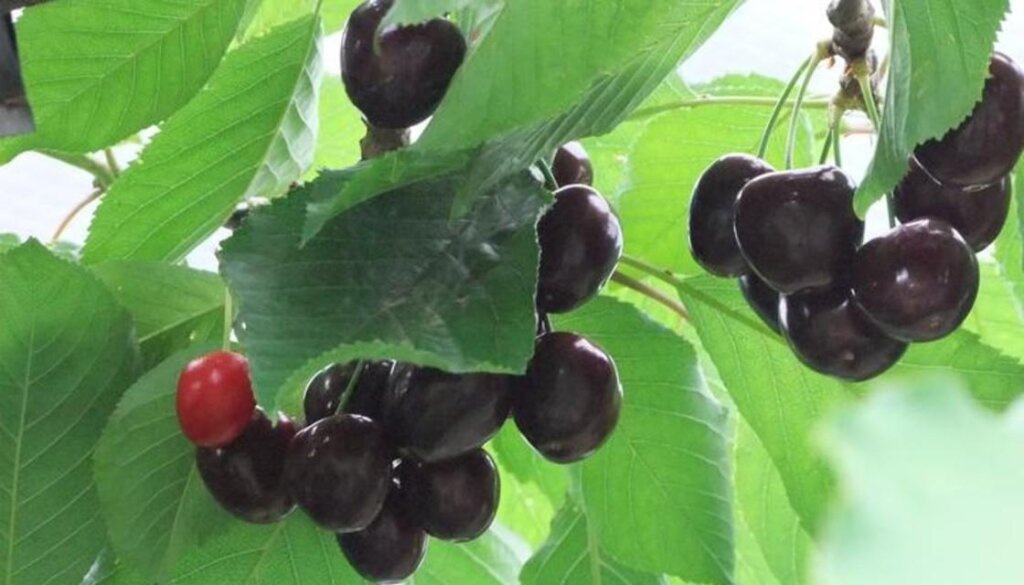
Crunch time for struggling Otago orchards
Some Central Otago orchards say this season’s crop is a write off, while others are struggling to find enough workers.
It has been a tough season for the growers, with COVID-19 border restrictions cutting the crucial supply of overseas workers.
To make matters worse, a deluge hit during the peak cherry harvest.
Ettrick Gardens co-owner John Preedy has been growing fruit, berries and vegetables in the small Central Otago town of Ettrick for decades.
Read More here…

Despite severe weather events, agriculture investments continue to provide good returns – Syndex
Despite a number of weather events recently that have been devastating for growers in Tasman and Central Otago, agriculture and horticulture investments remain strong, says Ross Verry, chief executive of Syndex, a private markets investment company.
Verry spoke to Rural Exchange about a number of investment opportunities in the agricultural sector.
He said when it comes to agriculture and horticulture most investors take a long-term approach, knowing there will be some “really good years as well” as well as “some not so good years”.
Read More here…

Lemons in short supply over summer
Gin drinkers who fancy a twist of lemon with their tipple may be best to switch to a sliver of cucumber this summer.
The global pandemic is partly to blame for a tighter than normal squeeze on supply of the citrus fruit at the moment.
Not only is it the off season for New Zealand grown lemons, Kerikeri grower Alan Thompson said a number of other factors were affecting supply of the imported variety.
Read More here…
Australia
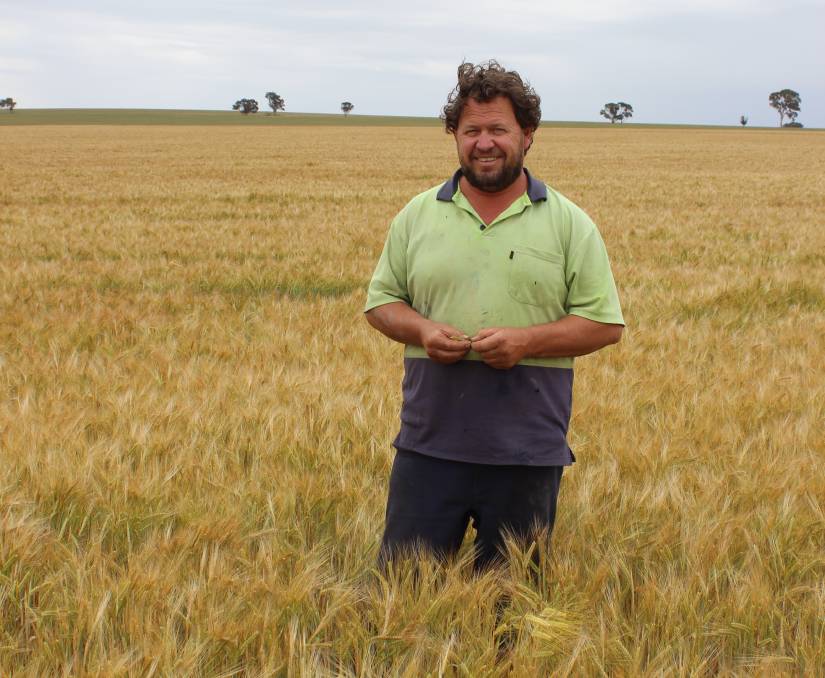
Growers reflect on the 2020 growing season
WITH the 2020 growing season behind them, WA farmers are now reviewing their programs and considering what they will be seeding this season.
David Johnson, Emerald Group chief executive, said the company had seen good support for its eight storage sites across Victoria and NSW.
CORRIGIN sheep and cropping farmer Steven Bolt said considering the growing season rainfall on farm the harvest yields for 2020 weren’t that bad.
“We had between 129 millimetres and 165mm growing season rainfall,” Mr Bolt said.
“We’re quite happy with the yields considering, particularly with barley.”
Read more here…
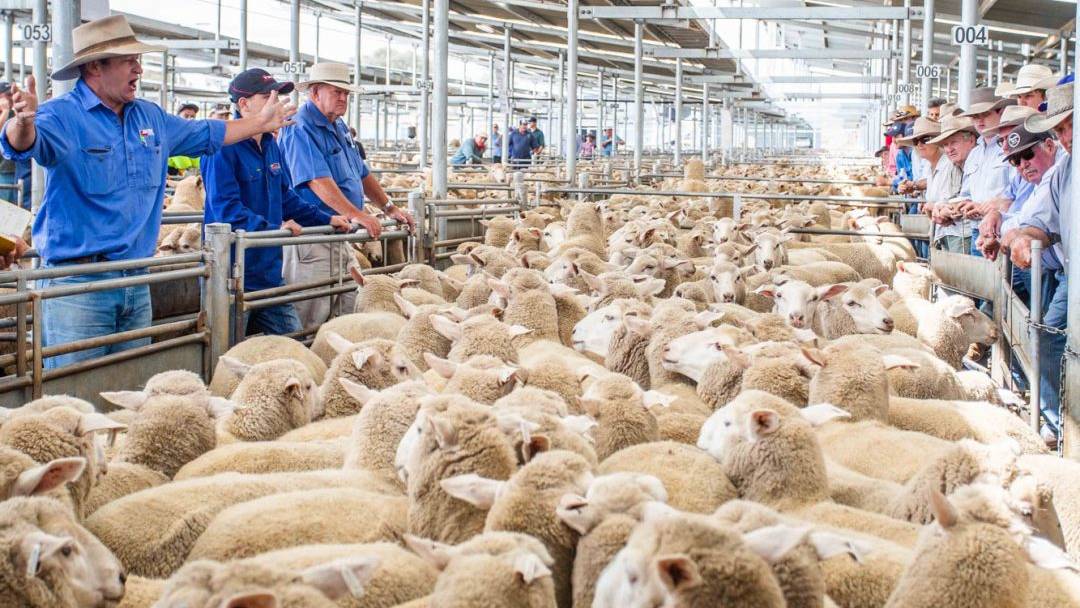
Lamb exports are expected to make a recovery in 2021, albeit with some challenges
After finishing strongly in the back half of 2020, Australia’s lamb export market is expected to continue its recovery as an increase in production should see additional volumes soaked up by export markets.
But according to industry experts, although key market destinations such as the United States and South Korea are helping to build long-term demand, there are still challenges facing red meat exports.
Read more here…

Understanding market function critical to maximizing grain prices
THE BIG upswing in world grain prices through January has been good news for grain growers but there is still scope for further gains.
Nathan Cattle, Clear Grain Exchange managing director, said Australian grain was still cheap on the world stage.
“The prices on offer here stack up well, which is why there is such strong international demand at present,” Mr Cattle said.
However, he said infrastructure placed a constraint on how much of that demand got down to grower level.
Read more here…
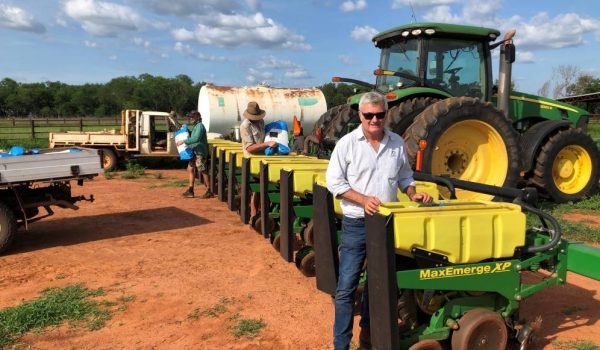
Cotton industry forging new pathways
It is January, which means we can all turn our calendars over and leave the turbulence of 2020 behind us.
We all know that 2020 was a particularly tough one for us all, with drought and COVID-19 posing challenges few could have anticipated.
But I do not want to dwell on the past. I want to look forward to 2021 and address why I am so optimistic that the coming year will be a good one for the Australian cotton industry.
Read more here…
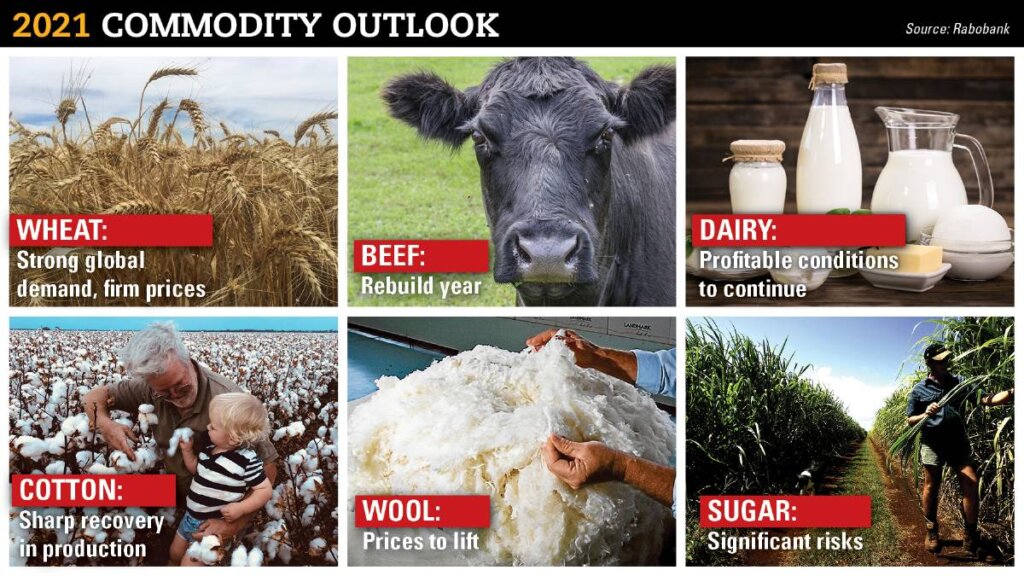
Profits ahead for most farmers, despite global turbulence
AUSTRALIAN farmers are remarkably well-placed to turn healthy profits in 2021, despite the fact the economy is crawling out of economic crisis and our largest trading partner is dealing out punitive action.
Key industry projections released today point to ongoing strong global demand for food underpinning high commodity prices, which will combine with Mother Nature’s generosity to deliver solid margins to the farmgate.
In its flagship annual Agribusiness Outlook for 2021, global agribusiness banking specialist Rabobank says a generally profitable current financial year for most Australian farmers will kick start recovery from the severe drought.
Read more here…
South America
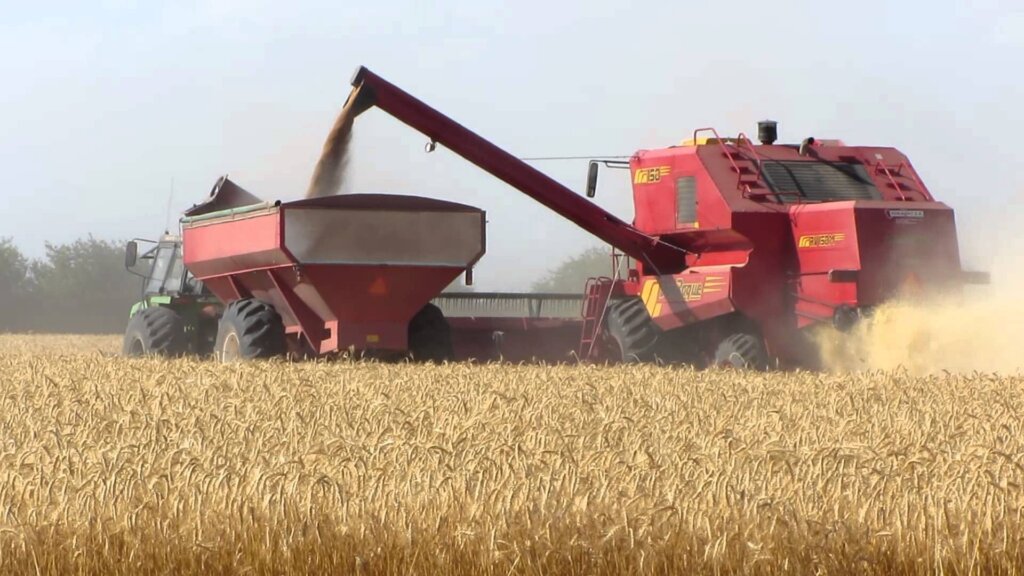
Argentina wheat exports dropped 52% in December year to year
Argentine wheat exports during December 2020 dropped 52% compared to the same month of 2019, the lowest level in the last five years. The cereal revenue was also the lowest in five years, according to information from the local portal Agrofy.
Shipments represent less than half the tonnage shipped over the same period last season. The Rosario Stock Exchange (BCR), highlighted that in addition to the drop in production, which will have an impact on the campaign’s lowest exportable balance (estimated at 17 million tons), the Grande Rosário export complex was hampered by strikes from different sectors of the supply chain.
Read More here…

Seabird guano fertilizer drove robust agriculture in Atacama Desert from AD 1000
Seabird guano fertilizer—also known as ‘white gold’—could have been responsible for the highly productive agricultural systems of pre-Incan civilization in the otherwise arid climate of the Atacama Desert. These findings, reported in a paper published in Nature Plants, shed light on the development of the large population centers and society between AD 1000 and AD 1450 in what is now northern Chile.
Nestled in the driest desert in the word, robust agricultural systems supported pre-Incan civilizations for centuries. The pre-Hispanic archeological record of northern Chile has preserved large quantities of diverse crops that suggests a level of agricultural success that has defied explanation.
Read more here
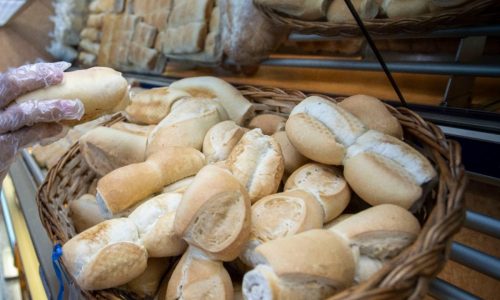
Argentine traders and millers discussing options to avoid a ban on wheat exports
Argentina is worried about domestic food prices and inflation, and as it happened a few weeks ago with an attempt to ban corn exports, a similar situation apparently is happening with wheat, and the different actors involved are working on measures aimed at securing the wheat supply and reasonable bread and pasta prices.
Discussions are being held with farmers, millers and the government over measures aimed at ensuring an ample domestic wheat supply. Last month proposals for limiting corn sales overseas were beaten back by growers and exporters. Now the focus is on wheat, with rumors flying around the Pampas grains belt that an export cap might be on the way.
Read more here…

ECONOMIST PROJECTS 2021 FARM RETURNS TO REMAIN HIGH
An ag economist says he expects farm returns to remain high in 2021.
Gary Schnitkey with the University of Illinois tells Brownfield that’s based on an estimate of four-dollar corn and $10.50 soybeans.
“We’re projecting returns to be, roughly, in the $200 per acre range,” Schnitkey said.
“What these higher prices are going to do is bring on more land in Brazil and here and more switching from wheat to corn and soybeans,” he said. “And eventually those higher prices will bring on that supply and we’ll be looking at a period of lower prices.”
Read more here…
Food Updates

Meat makes a comeback as flexitarian gains falter
The flexitarian movement has suffered a setback during 2020, as research reveals many Brits turned to comforting favourites during the tough months of last year.
Despite Veganuary getting plenty of attention in 2021, new research from Mintel has revealed that the flexitarian movement has suffered a setback thanks to the COVID-19 pandemic, with the proportion of British adults looking to cut down on meat decreasing significantly.
Flexitarian is the term used to describe those who, while eating a mainly vegetarian diet, occasionally consume meat and other animal-based products.
Read more here…
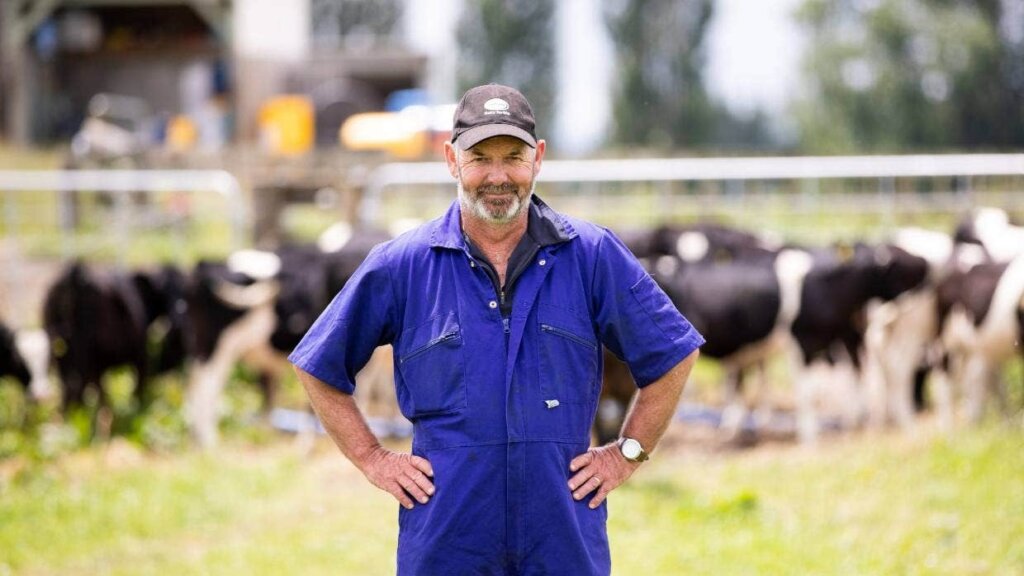
New Zealand’s on-farm dairy emissions most efficient: Study
A new study shows New Zealand dairy has the lowest carbon footprint of 18 countries looked at, including the US, Denmark and the Netherlands.
The study, which was commissioned by DairyNZ, produced by AgResearch and peer-reviewed by an international specialist in Ireland, re-calculated on-farm emissions from 25 previous studies, carried out in various milk-producing countries. It did not take into account emissions from land use changes, transport or factory processing – meaning it didn’t count Fonterra’s use of coal to dry milk powder, or emissions from transporting milk products in tankers or by international shipping.
Read more here…
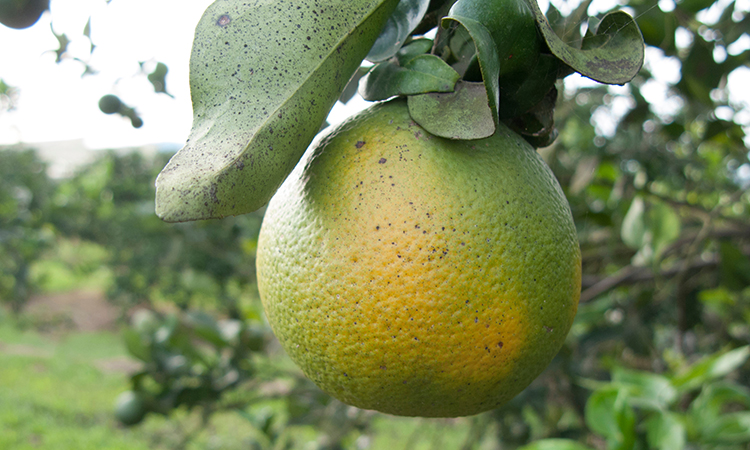
EPA approves controversial pesticides to treat citrus diseases
The US EPA has approved two treatments to combat citrus diseases in the country, sparking fierce criticism from some.
Controversy has arisen in the US as the Environmental Protection Agency (EPA) has approved the use of what some are calling a “dangerous” pesticide to combat citrus greening disease, an affliction which affects fruit grown in California, Florida, Arizona, and Texas, among other places.
The EPA says it has “conditionally registered” pesticides containing the ingredient Aldicarb, according to the Federal Insecticide, Fungicide and Rodenticide Act (FIFRA), to be used on grapefruit and oranges in the state of Florida.
Read more here…

How has the COVID-19 pandemic affected the world’s great food markets?
New Food’s Junior Editor spoke to the heads of three world-famous food markets to understand the impact the coronavirus crisis has had on them; we also hear their views on what needs to be done to encourage more people into the halls and stalls of these historic locations.
All sectors of the global food industry have been hit hard by COVID-19, with a unique mixture of increased demand for some and a cliff-edge drop in demand for others, particularly bars and restaurants.
An area of the industry that perhaps sits somewhere in the middle is the food market sector, which despite facing repeated closures in countries around the world, has also arguably benefited from the wind of localism that has swept the globe as a result of the pandemic.
Read more here…

Virtual reality supermarkets could be a game changer for product testing
Read more here…


